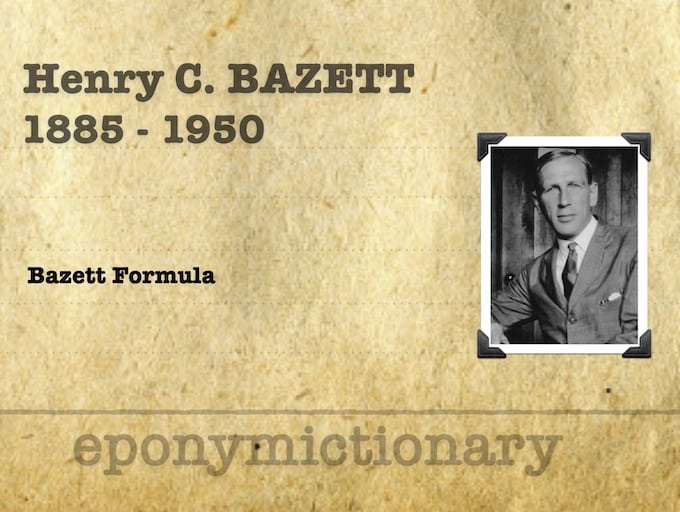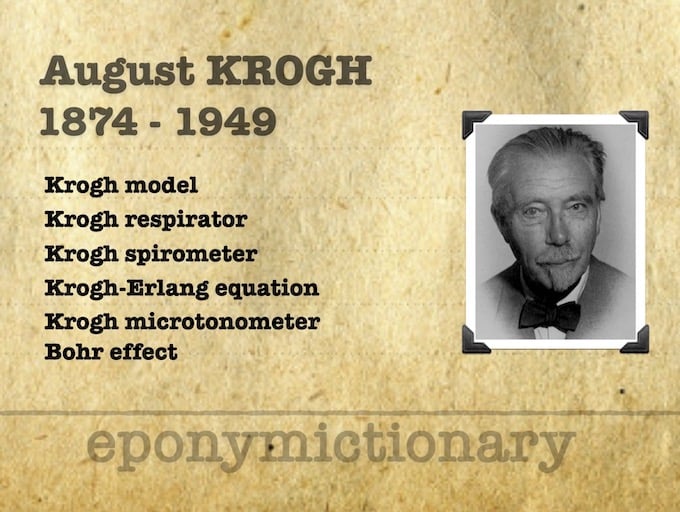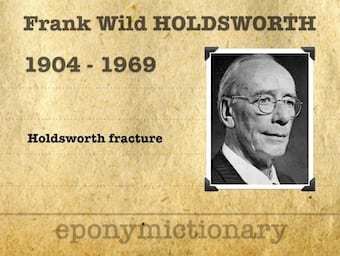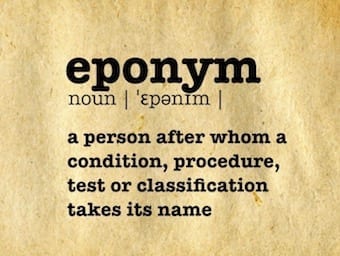
Henry Bazett
Henry Cuthbert Bazett (1885 – 1950) was an English physiologist. Eponym: Bazett's formula to calculate QTc interval for varying heart rates

Henry Cuthbert Bazett (1885 – 1950) was an English physiologist. Eponym: Bazett's formula to calculate QTc interval for varying heart rates

Jacob Mendez Da Costa (1833-1900) was an American physician. Eponymously affiliated with Da Costa Syndrome (1871) and Leuchonychia striata

August Schack Steenberg Krogh (1874-1949) was a Danish physiologist and Nobel laureate who developed multiple apparatus that bear his name

John Zahorsky Jr (1871-1963) was an Austro-Hungarian born American pediatrician. Early description of roeola infantum (sixth disease) and herpangina

Frederic Eugene Basil Foley (1891 – 1966) was an American urologist. Eponymously affiliated with the Foley catheter and many other urological inventions

Armand Trousseau (1801 - 1867) was a French Physician. Eponymously affiliated with a sign, a spot and a syndrome...

Christian Ingerslev Baastrup (1885 – 1950) was a Danish radiologist. Described Baastrup disease (sign) (1933) Kissing spines sign
Sir Norman McAlister Gregg (1892-1966) was an Australian ophthalmologist

Sir Frank Wild Holdsworth (1904 – 1969) was a British Orthopaedic Surgeon. Eponym the Holdsworth fracture

Mario Bertolotti (1876-1957) was an Italian radiologist. Bertolotti syndrome (1917) L5 transverse processes and sacrum Sacralisation

Heinrich Ernst Albers-Schönberg (1865 – 1921) was a German radiologist. Albers-Schönberg disease (osteopetrosis, marble bone disease)

Douglas Theodore Prehn (1901 - 1974) was an American urologist